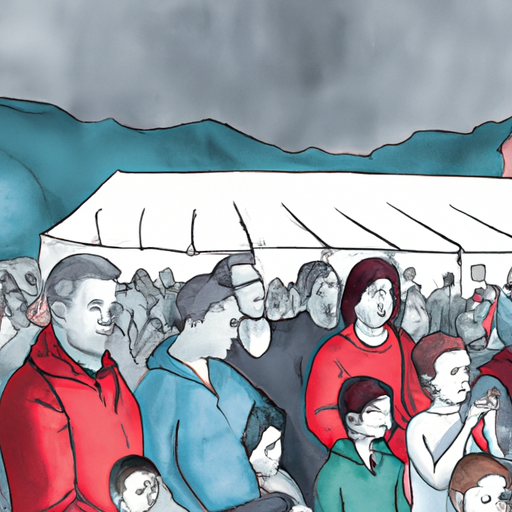The Opioid Crisis: An Inside Perspective from Canada
In many parts of the globe today, a silent but lethal killer lurks in our communities. This murderer takes thousands of lives each year. It’s the opioid crisis, and it’s reaching terrifying heights not only in the United States but also here in Canada. The breadth and depth of its impact can be sensed from urban centres to small, rural towns.
The Effects of the Crisis and the Response from Canadian Authorities
This crisis is more than a health issue – it is a social catastrophe that is causing a significant increase in crime rate, homelessness, and even deaths. The Canadian opioid crisis has led to a substantial increase in drug overdoses and related deaths—an alarming statistic, which is alarming indeed. Persistent use of opioids often leads to opioid use disorder, which may result in overdose and death. There have also been reports of rampant theft, especially in local pharmacies, due to the habit-forming properties of opiate drugs.
Given that opioids have long been a key component in pain management in healthcare, with many people depending on them to function daily, the momentum of this crisis is challenging to contain. However, let’s not overlook the significant strides made by authorities, community groups, and non-governmental organizations as they work tirelessly to combat this problem.
- Naloxone expansion programs in various parts of Canada have been widely implemented. Naloxone, a life-saving medication that reverses the effects of an opioid overdose, has been made readily available to the public.
- Class action lawsuits against opioid manufacturers and distributors are on the rise in an attempt to hold these entities accountable for the crisis. An example is Kentucky, suing Express Scripts for playing a role in the deadly opioid addiction crisis. This sends a strong message that the reckless disregard for public health will not be tolerated.
- Significant investments have been made in harm reduction strategies, such as supervised consumption sites and opioid substitution therapies. These have proven positively effective in assisting those struggling with opioid use disorder.
- Education and awareness campaigns are actively pushed forward to educate the public about the dangers of unofficially sourced opioids and providing information on proven prevention strategies.
Small Actions towards a Big Change
Moving away from criminalizing addiction and towards a more empathetic approach of treating it as a health issue is another step in the right direction. It is important to understand that opioid use disorder is more than just a crime—it is a health concern that needs our attention and resources. Advocating for broadened health services for those battling addiction, increased funding for treatment centres and promoting the destigmatization of addiction are all essential aspects of this fight.
However, as is usually the case, resolving this issue requires collective effort—seamless collaboration between government, healthcare professionals, researchers, community organizations, and community leaders, to devise substantial, sustainable solutions. In this endeavour, every action counts, from stringent regulation of opioid manufacturing and distribution, to making sure every citizen has access to naloxone.
Key Takeaways
As we close this discussion, it’s crucial to focus on the key takeaways. The opioid crisis is causing devastation in our communities, causing a surge in crimes, homelessness, and deaths. Opioids, initially prescribed for pain management, can lead to addiction, contributing to the health crisis we’re witnessing.
Remember:
- Every available tool is critical in fighting this issue, from naloxone to unique harm reduction strategies;
- Accountability of opioid manufacturers and distributors should be heightened;
- Education and awareness are paramount;
- Empathy, rather than criminalization, should be our approach;
- And, a collective, collaborative effort, from all sectors, is needed to find sustainable solutions to the opioid crisis.
Let’s keep the conversation going, discuss more openly about this devastating issue, and continue to advocate for effective solutions.
